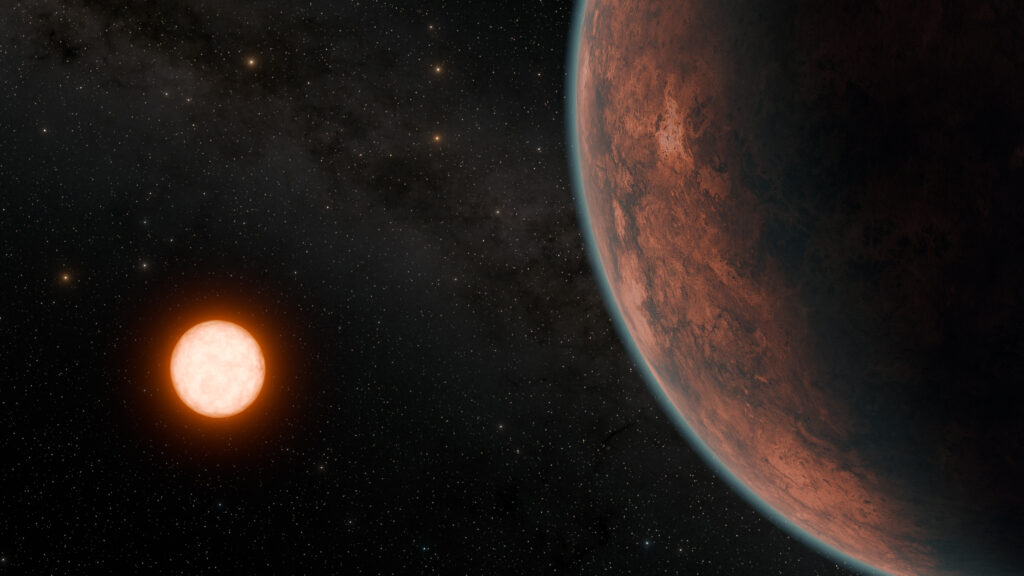On May 23rd, 2024, NASA’s Transiting Exoplanet Survey Satellite (TESS) found a rocky world, slightly smaller than Earth, 40 light-years away from our solar system. People think this planet may contain life, but there are uncertainties about the planet. There is a lot about this new planet we don’t know.
A planet equivalent to the size of Venus, discovered in 2024, could host life like Earth or it could be a flaming hot world like Venus. It might not even have an atmosphere. But if it does, the temperature would probably be between Earth and Venus. This Transit Exoplanet Survey Satellite Object of Interest (TOI) has named the planet TOI-6251, but renamed it after the German Astronomer William Gliese, who published the Catalogue of Nearby Stars in 1957. The catalog held 1094 stars, one of them being discovered in 2024. The star was named Gliese-12 and its planet was named Gliese-12b. It is now one of the most interesting discoveries in 2024.
Gliese-12 produces a lot of energy for a red dwarf, but only 60% of our Sun’s heat. This planet needs to be close to its star in order for it to receive a good amount of heat for it to contain life. Fortunately, Gliese-12b is close. But the planet may get cooked by its star if it has a thick atmosphere. It may even be too close to its powerful red dwarf star. It is unknown whether Gliese-12b is habitable or not.
We have been discovering exoplanets for 30 years now. This is just the dawn of exoplanet exploration. There is still so much to discover.
Citations:
